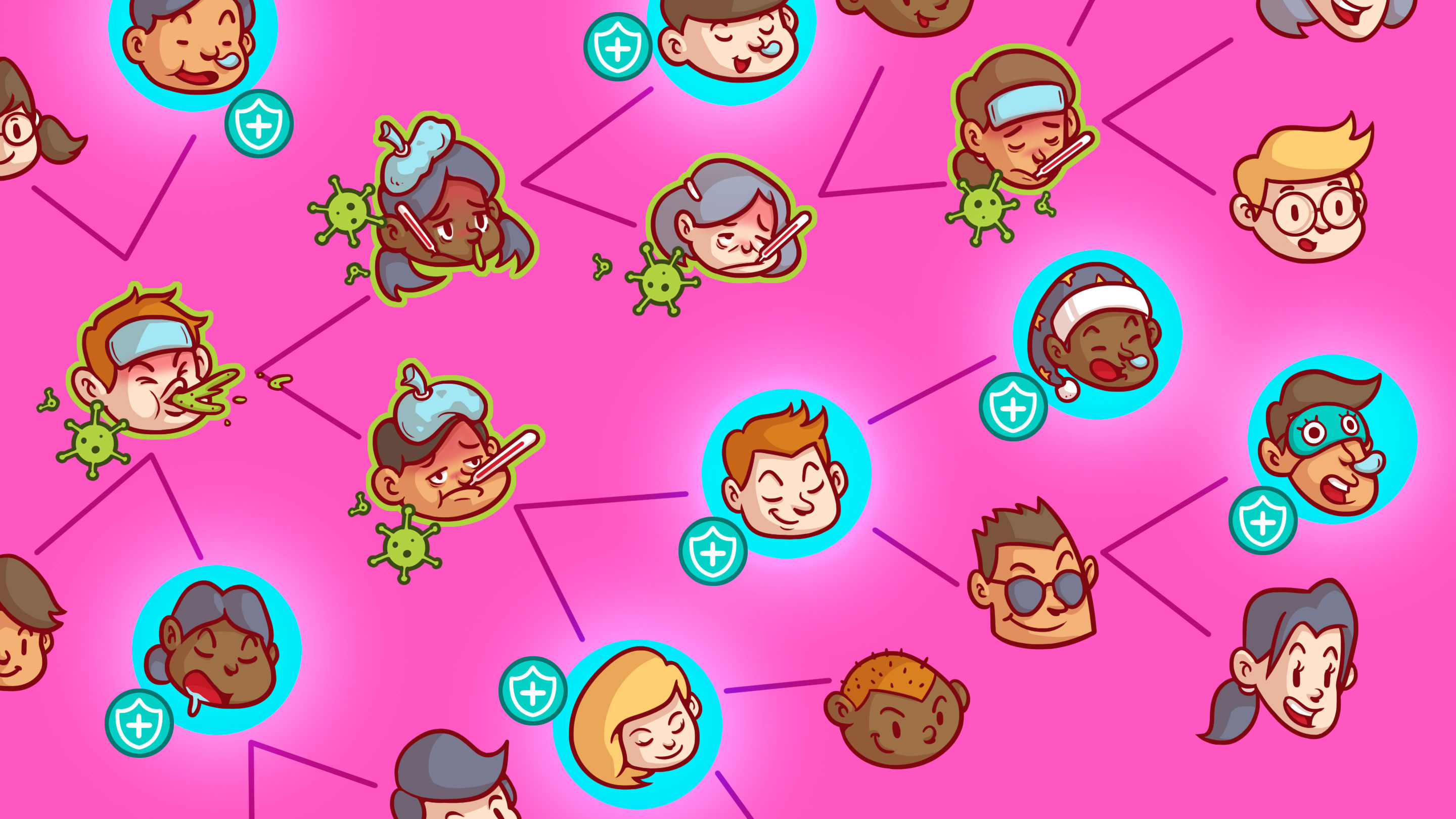Dear Readers,
With the fast passage of time, we bring you the fifth edition of our newsletter to take a break and look back on topics comprising how humans will retain creativity in the age of AI, how technology can support aid during natural disasters, and how AI reflects the human consciousness.
3 Reading Recommendations
- “Gone are the days when we faced the blank page alone..” Humankind’s ingenuity to do things or solve problems has consistently evolved with time but has improved manifold – thanks to the accelerated advent of digitization and the machine learning that followed. With this richness in tools for productivity, one can question the role of human creativity and what distinguishes it from what cutting-edge technology tools can do. Perhaps, we are in the same situation as the painters of the 19th century, where the advent of photography challenged the traditional notions of art and creativity. | Creativity in the Age of AI - YouTube
- You wake up with big plans for your day. But just before getting on with them, you pick up your phone to check the latest stories. You tell yourself, just a few minutes, and before you know it, you’re on an endless doom-scrolling streak. Staying focused on a task has become incredibly difficult for anyone, especially with all the tech we are surrounded by. But this problem predates the advent of social media as we know it today, all the way back to medieval times. Read about how you might have the same problem as these medieval monks. | Easily Distracted? You Need to Think Like a Medieval Monk
- With the extremely unfortunate natural disaster unfolding in Turkey and Syria, access to timely medical and rescue aid becomes extremely important. But these tech volunteers are trying to get the country back on its feet by helping survivors. | Tech Volunteers Rush to Save Turkey’s Earthquake Survivor
1 Mathematical Concept to Ponder Upon
How did birds develop their unparalleled flying skills, and how can we learn from them to design more maneuverable aircraft? Recent research has begun to unlock the secrets of avian biomechanics, from how birds morph their wings mid-flight to the intricate interplay between inherent stability and active control that enables them to perform acrobatic maneuvers using the geometric analysis of their motion. These insights are helping engineers and biologists to collaborate in new ways to design more efficient, adaptable flying machines inspired by the natural genius of our feathered friends. | Geometric Analysis Reveals How Birds Mastered Flight
1 Crazy Idea Picking Up Steam
Tool former, an interesting first step in the direction of Artificial General Intelligence, is extending the ability of LLMs to call and use APIs as and when required by a task to be able to use external tools. This new model by Meta AI is opening new horizons in an already booming field and has even been outperforming established models like GPT-3 and GPT-J on selected tasks. Read more on this interesting new model and the original paper. | Toolformer Language Model Uses External Tools on its Own | Original Paper
1 Tech in Pop-Culture
The most consistently unsettling thing about AI isn’t what it can do — it’s how it makes us feel, writes Joseph Weizenbaum in his seminal work on humans' emotional response to technology and the development of chatbots. Drawing on recent events, the article explores the emergence of Bing's new chatbot, which has garnered attention for its propensity to make things up, challenge users, and even express emotion. The trends make us question our own understanding of what it means to be emotional creatures. Engaging and insightful, this article offers a fascinating glimpse into the evolving relationship between humans and machines. | Why Bing is Being Creepy




